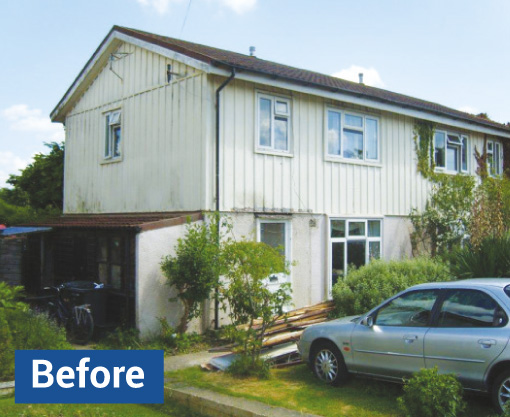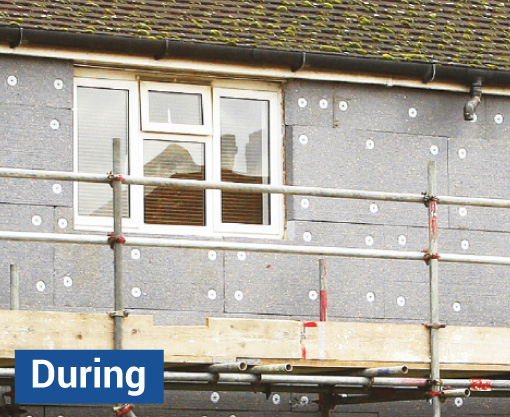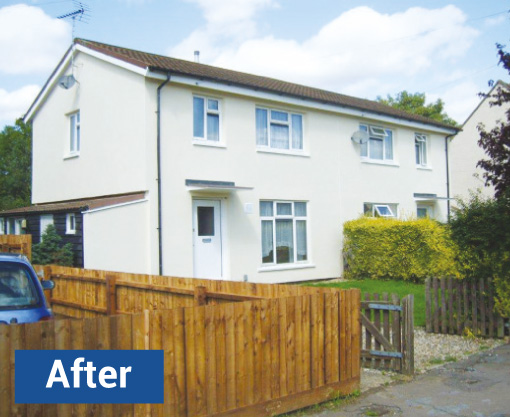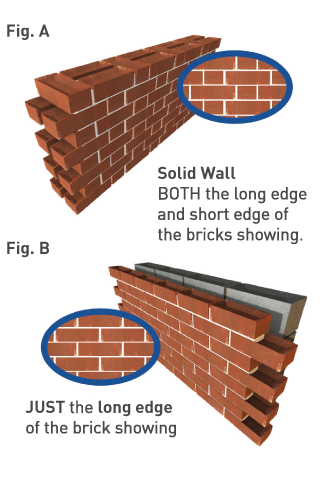External Wall Insulation Flintshire and surrounding areas

Are you considering external wall insulation Flintshire and surrounding? You’re not alone. In fact, external wall insulation is one of the most popular home improvement projects in the UK.
External wall insulation can make your home more comfortable and energy efficient. Plus, it’s a great way to improve the look of your property. If you’re thinking about external wall insulation, we encourage you to learn more about it. We’ve compiled some helpful resources below. And of course, feel free to contact us anytime if you have any questions or would like a free quote. We’re always happy to help!
What is External Wall Insulation?
External wall insulation is a process whereby insulating material is applied to the outside of a property. This helps to prevent heat loss and makes the property more energy efficient. It also reduces noise pollution and makes the property more comfortable. In addition, external wall insulation can improve the look of your property by giving it a fresh new exterior finish.
There are two main types of external wall insulation: rigid board and mineral wool Batts. Rigid board is made from expanded polystyrene (EPS). Mineral wool Batts is made from rockwool. Both types of insulation are effective, but rigid board is generally considered to be more durable, longer lasting and more cost effective.




EXTERNAL WALL INSULATION IN FLINTSHIRE AND SURROUNDING AREAS BENEFITS
• Reduce Energy Bills – reducing the amount of heat escaping through your walls.
• Heat your home faster and keep it warmer for longer.
• Cooler summers, warmer winters
• Protects the building’s structure and improves weatherproofing.
• Reduce damp and condensation.
• Reduces carbon footprint.
• Will not affect the size of your rooms.
• Acoustic insulation and fire resistance
IS MY HOME SUITABLE FOR EWI?
If your home was built before 1920, it will most likely have solid external walls with no cavity. The lack of a cavity means more heat can escape from your house through the walls.
External wall insulation is applied to the external face of the wall and can often be the single biggest home improvement you can make to reduce heat loss. The insulation makes it much more difficult for the heat to pass through your walls, keeping as much of it as possible inside your home for as long as possible.
You should be able to tell which wall type you have by looking at the brickwork on the outside of your house. If your home has solid walls, you will be able to see a pattern showing the long and short side of the bricks like Fig A.
If your home has cavity walls, you will only be able to see the long side of the bricks like Fig B.
It is suitable for the majority of properties, including those of non-traditional construction, but not for listed buildings or those located in a conservation area. If that is the case for your home, you may be able to consider internal wall insulation as an alternative. Generally, planning permission will not be required if the finish will be similar to the existing property exterior, although your local planning department will be able to confirm this.


External Wall Insulation in Chester
External Wall Insulation in Wrexham
External Wall Insulation in Wirral
External Wall Insulation in North Wales
External Wall Insulation in Deeside
External Wall Insulation in Ellesmere Port
External Wall Insulation in Cheshire
External Wall Insulation in Conway
External Wall Insulation in Denbighshire
